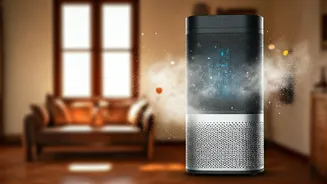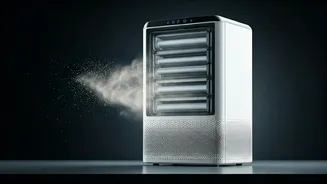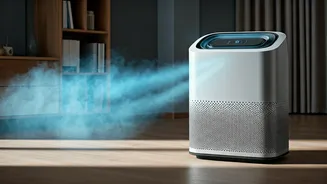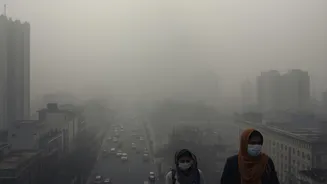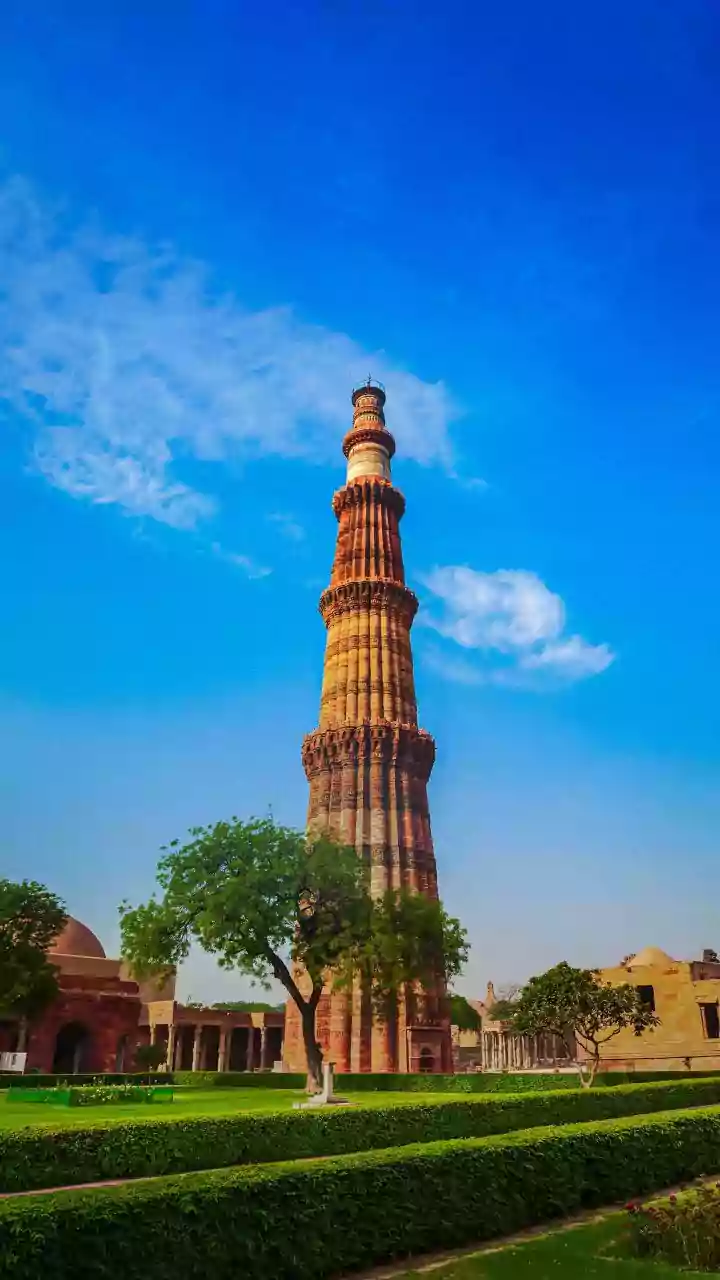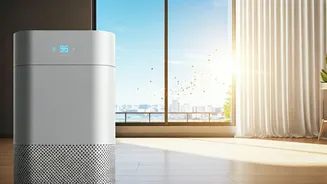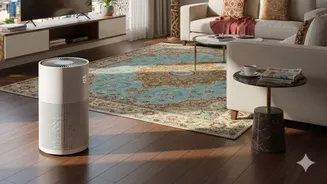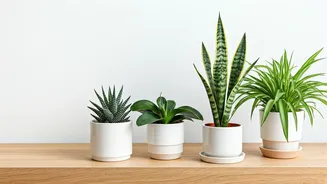Understanding AQI Spike
Air Quality Index (AQI) spikes serve as a critical alarm, prompting the urgent need for effective air purification measures. These spikes, often influenced
by seasonal changes, industrial emissions, and vehicular traffic, highlight the presence of harmful pollutants like particulate matter (PM2.5 and PM10), ground-level ozone, and nitrogen dioxide. These elements, if allowed to persist, can adversely impact respiratory health and overall well-being. Recognizing the triggers that lead to AQI escalation, such as the burning of stubble in certain areas and increased construction activities, provides insights for proactive air quality management within homes. When AQI levels climb, the necessity for air purifiers becomes undeniable, making an understanding of these factors essential for implementing effective strategies to mitigate health risks and maintaining a clean indoor environment.
Purifier Technologies Explained
Various technologies are employed in air purifiers, each with its unique capabilities to filter pollutants. HEPA filters are recognized for their efficiency in capturing particulate matter, including dust, pollen, and smoke, making them essential in managing allergens and airborne irritants. Activated carbon filters work diligently to trap gases, odors, and volatile organic compounds (VOCs) that are released from household items and furniture. Moreover, some purifiers incorporate UV-C light, which is useful for killing bacteria, viruses, and molds, offering an added layer of disinfection. Ionizers, another feature, release negative ions into the air, potentially attracting and removing particles. It's crucial to select a purifier that integrates appropriate combinations of these technologies to address the particular pollutants prevalent in your environment, ensuring comprehensive air purification.
Sizing & Coverage Matters
The efficiency of an air purifier hinges significantly on its size and the coverage area it is designed to serve. Before buying, assess the dimensions of the room where the purifier will be placed. Manufacturers typically provide a Clean Air Delivery Rate (CADR) value, which indicates the volume of air the purifier can clean per unit of time. It's essential to match the CADR to the room's square footage; a higher CADR is needed for larger rooms. Furthermore, consider the number of air changes per hour (ACH) the purifier can achieve, ideally, aiming for at least 4-5 ACH for effective filtration. Ignoring room size considerations or choosing a purifier with insufficient capacity will result in diminished air quality and might undermine the investment. Proper sizing ensures the efficient removal of indoor pollutants, thus providing noticeable improvements in air quality.
Filter Replacement Importance
Air purifier filters necessitate periodic replacement to guarantee optimal performance. The lifespan of the filter depends on the type of filter, the usage, and the level of pollution. HEPA filters typically require changing every 6–12 months, while activated carbon filters may need more frequent replacements, potentially every 3–6 months due to their absorbent nature. Over time, these filters get saturated with trapped pollutants, reducing their ability to capture them effectively, thereby compromising air quality. Manufacturers frequently provide indicators or alerts to signal when a filter replacement is required. Regularly checking and replacing filters as suggested is essential for maintaining air quality and ensuring the air purifier continues to function correctly. Neglecting this crucial aspect can significantly diminish the purifier's efficiency, negating its benefits.
Features to Consider
When selecting an air purifier, consider additional features that can improve usability and effectiveness. Smart features like Wi-Fi connectivity allow for remote control and monitoring of air quality from your smartphone. Built-in sensors that detect air quality provide real-time data, and auto mode adjusts the purifier’s settings based on the current pollution levels. Indicators like filter replacement alerts provide convenient reminders, and sleep mode enables quiet operation during nighttime. Moreover, noise levels should be kept in mind, as very loud purifiers can disrupt daily activities. Looking at these aspects is essential, as the incorporation of these features enhances convenience, provides valuable feedback, and improves the overall experience. Prioritizing these features will ensure that you have not just an efficient purifier, but also one that’s easy to use and integrates seamlessly into your life.
Maintenance Best Practices
Regular maintenance is crucial to maintain the performance and longevity of an air purifier. While filters are often the primary focus of maintenance, other aspects require attention. Clean the exterior of the purifier regularly to remove dust buildup. Check the pre-filters—often washable—to eliminate larger particles, which can extend the life of the primary filters. Always follow the manufacturer's recommendations for cleaning and maintenance procedures, since these are designed to preserve the functionality and effectiveness of the device. By performing consistent maintenance, you ensure that the air purifier operates at its peak efficiency, delivering clean and purified air effectively, and safeguarding your investment and well-being. Proper maintenance practices directly contribute to cleaner indoor air and a healthier living environment.
